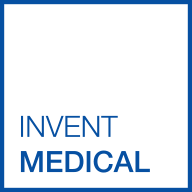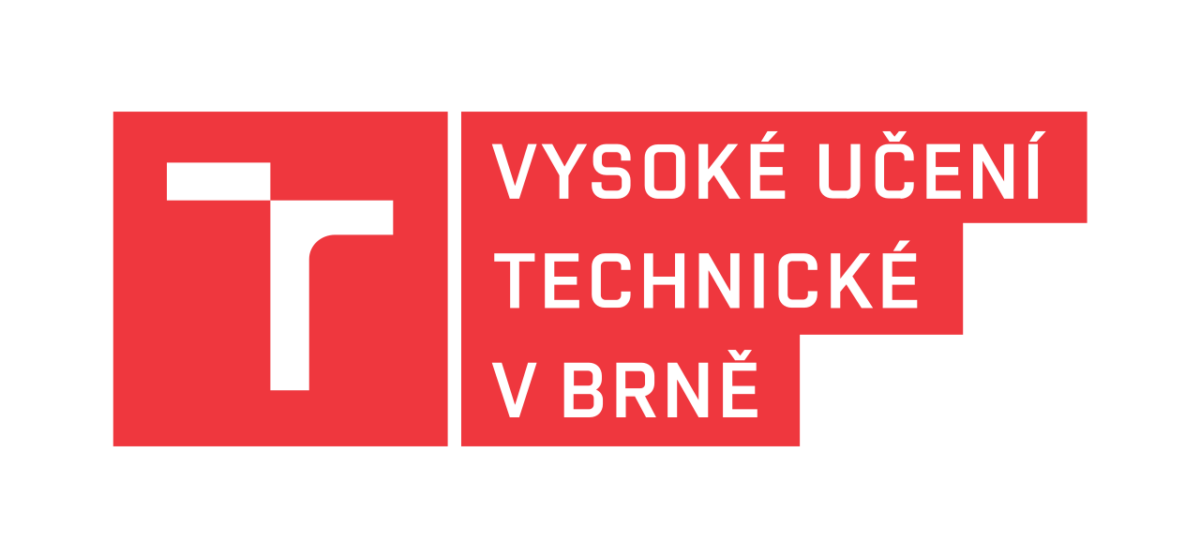Patent Application
Commercialize the results of your R&D
Patents protect your inventions, technical innovations, hardware, and other technical solutions for up to 20 years.
The fundamental purpose of patent protection is that its owner can claim exclusivity for the invention in a certain territory.
In exchange, when applying for a patent, details about the invention are disclosed in a way that makes it easy for other experts to understand.
- We draft patent applications not only to boost your chances to obtain a patent, but we focus on the strategic advantages it can bring to your business and future development.
- We strive to create your technical monopoly, not just to obtain a patent that can be easily bypassed or invalidated.
- We represent clients in the Czech Republic and Europe, thanks to our own Czech and European patent attorneys. As for the rest of the world, we have a network of reliable local representatives.
Before filing an application, we recommend conducting a search on patentability. This allows you to assess the fulfillment of patentability conditions in a timely manner, save costs on unsuccessful patent proceedings and prepare a higher quality application.
Our clients typically opt for the following procedure:
Patentability search
Assesses fulfillment of the conditions, saves costs, and improves quality of the application.
Czech application
Has to be filed before the first introduction of the invention to the market.
Expanding protection abroad (PCT)
No later than 12 months from the filing of the first application.
Publication of the application
Approximately 18 months from the filing of the first application, it is published in the register.
Selecting specific countries from the PCT
Within 30 months from the filing of the first application (after the product has been tested on the market).
Do you want to strategically protect your innovations?
You should know about patents
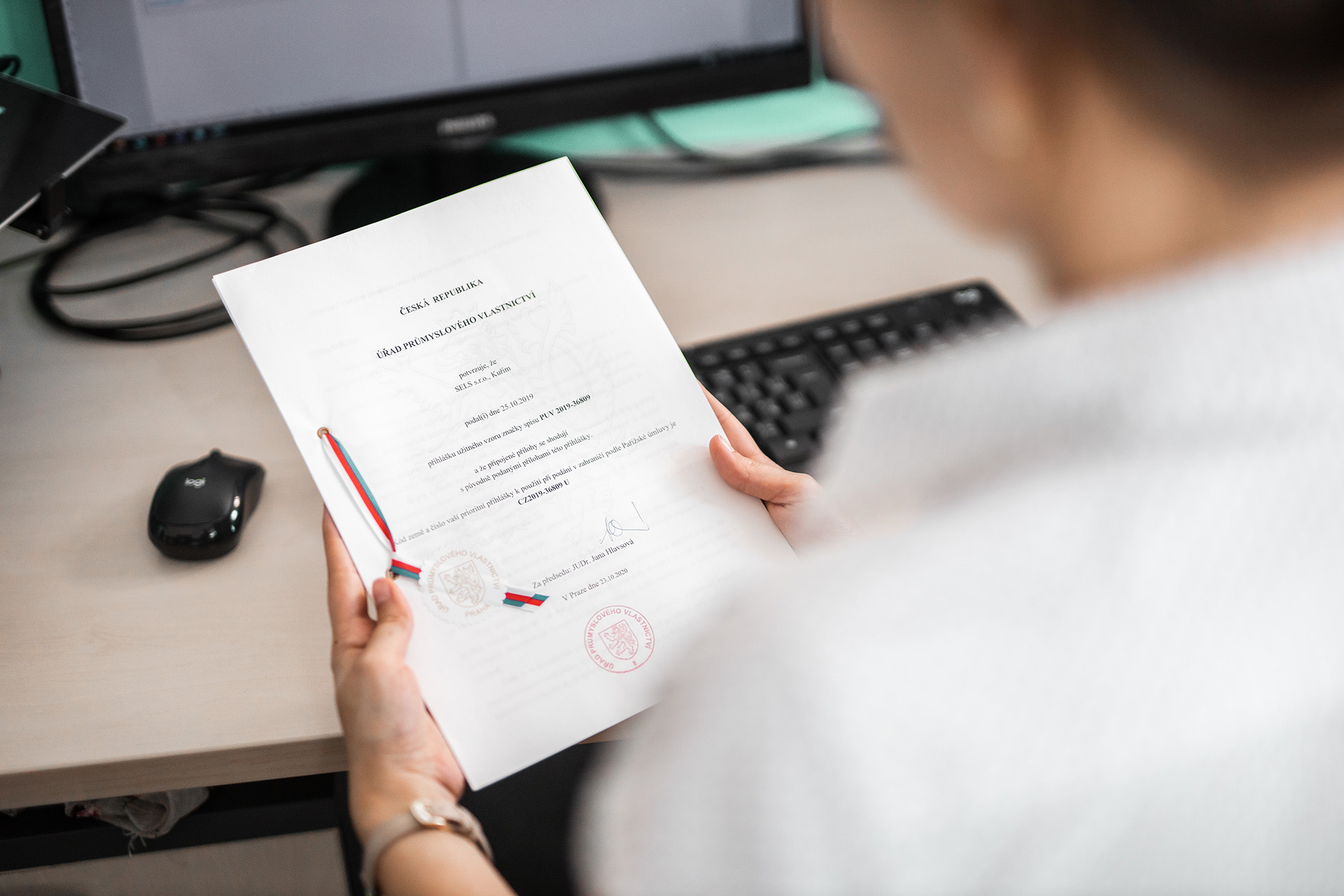
Is your invention patentable?
Patents are only granted for inventions, which have not been disclosed, are not obvious to other persons skilled in the art (show a certain degree of inventive activity) and are applicable in an industry.
If a certain condition is not met, in some cases it is possible to seek protection with a utility model (so-called “small patent”).
Typical examples of a patentable invention are new products and technologies, manufacturing processes, chemical substanes and medicines. On the other hand, scientific discoveries or theories cannot be patented, by law. However, the use of such knowledge in specific technical application may be patentable.
The best possible method to assess whether these conditions are met is a so-called patentability search. If you find out in time that your solution cannot be patented, you will save the costs otherwise spent on preparing a patent application, which would ultimately be rejected by the patent office.
More about the search
When is it worth to seek patent protection?
A patent pays off when, by bringing your invention to the market, you risk that competitors or anyone else will be able to easily replicate it (e.g. through reverse engineering).
At the same time, it is advisable to monitor the patent practice in your field. In general, the more common patenting is in your industry, the more you need to protect your innovations.
An equally important factor is your negotiating position – if you are looking for investors, selling a business or looking for a way to recoup investment in your R&D, a patent can be a key advantage for you. It increases the value of your project as well as it is an indicator of quality.
If you want the best course of action, contact us directly and we’ll figure it out together.
I want a non-binding consultation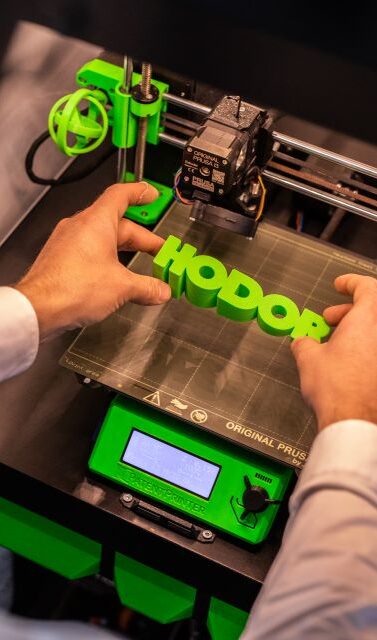
You want a patent in order to manufacture.
This is not the way it works. You may manufacture, sell or offer products without a patent. The only condition is that you do not infringe patents that are not your own.
With a patent, you can prohibit others from producing what you protect with your patent. But it also works the other way around – if you produce something that someone else protects with a patent, your production may be prohibited.
Therefore, first of all, you have to make sure that you are not infringing someone’s patent with your product (for example, by means of a non-infringement search).
Only a specific invention can be patented – it may be a manufacturing method or a suitable combination of materials, but usually not the entire product. There are millions of such patents for various inventions and minor improvements to well-known products.
It can easily happen that you are infringing someone else’s patent without knowing it.
More about the search
How long does it take to obtain a patent?
In patent protection, it is more important when you file the application than when you actually obtain a patent. The patentability of your invention will be assessed based on the date of application.
After submitting the application, you can then publicize, promote, or otherwise showcase your invention.
The length of patent proceedings is usually several years and it may vary significantly from case to case. To a large extent, it depends, for example, on how thoroughly the patent application was written, or on similar documents that the patent office finds during their research.
If you do not exclusively seek a patent, but the fastest possible protection, it may be more appropriate for you to file a utility model application. In such case, the process usually takes several months.
More about utility models
What is the purpose of a patent?
The basic meaning of patent protection is that the owner of the patent can claim exclusivity for it in a certain territory, for up to 20 years (25 years in the case of pharmaceuticals).
In exchange, the owner will disclose the details of the invention in the patent application in such a way that it is easy for other experts to become familiar with it.

How to protect technical innovations in the Czech Republic?
You may use both a patent and a utility model, or their combination.
Within a year after filing the application, you will receive an opinion (official communication) from the Industrial Property Office as to whether your invention can be patented. If you strive for the broadest possible protection, you will usually be informed also about conditions for its limitation, which you need to respond to and defend before the Czech IPO.
The costs of a Czech patent until it is granted (drafting the application, answers to official communications, amendments to the application) usually range between 40-100 thousand CZK.
You can extend the protection of a Czech patent application abroad within 12 months from the filing date, for example through filing a PCT application or national applications in individual states.

How to extend the protection abroad?
Only inovations which have not been disclosed by anyone – not even you – may be patented. This disclosure will also occur when your patent application is published – approx. 18 months after its filing.
The deadline for extending the protection abroad is 12 months from the filing of the first application. Until then, you may file subsequent applications in other countries.
One option is not to submit national applications in specific countries, but to file a so-called PCT application. With this application you may declare that you seek foreign protection. It also has to be filed within the 12-month period. The PCT application then provides you with another 18 months (approx.) to decide which countries to extend the protection to.
Our principles
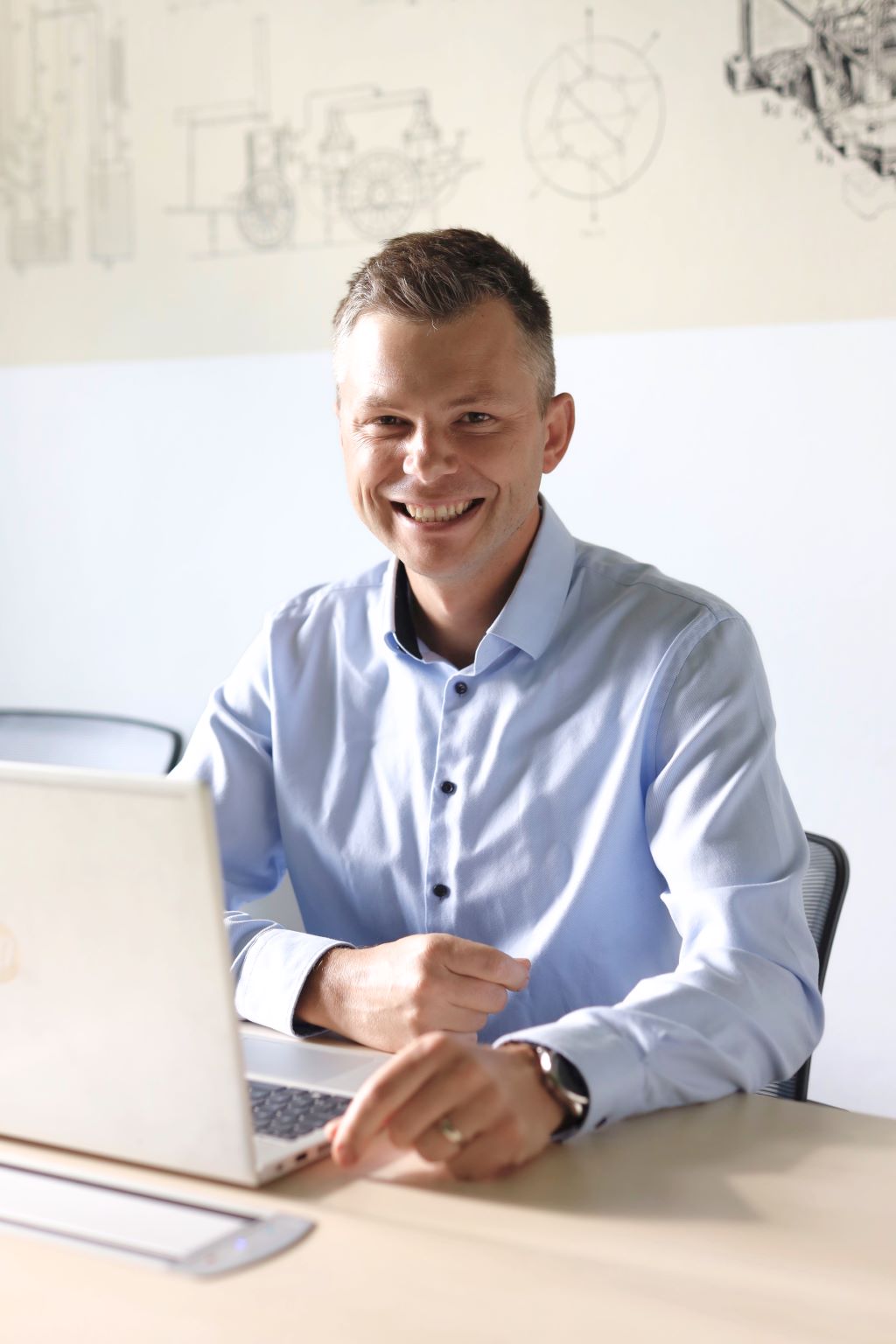
As patent attorneys, we are legally bound to confidentiality.
Your ideas and innovations are safe with us.
You know your invention best; we know how to protect it best.
Let’s work together.
How does the collaboration work?
Scheduling a call or a meeting
Not all solutions are patentable and you do not always necessarily need a patent. At the initial consultation, we will talk about your ideas, invention and plans, so that we can choose the most appropriate protection procedure.
Assessing the protection potential of your solution
You fill out a questionnaire about the technical specifications of your invention. Based on your answers, we choose the type of protection, or we examine the chances of obtaining a patent by conducting a search. With the search, we may create a higher quality application, but we can leave it out if you decide so.
Deciding on the next course of action
We determine specific steps to protect your innovation that will align with your business goals.
Writing of the application
As soon as the application is completed and undergoes your revision, we file it with the patent office. In case we receive an official communication, we send it to you along with our comments. All further steps (e.g. response to the IPO) are taken after your approval.
Frequently Asked Questions
Both patents and utility models protect tech innovation. In terms of the scope of protection, there is almost no difference between them; it depends on what you need from either.
You can obtain a utility model more quickly – within a few months – because the patent office does not examine whether your solution is new and innovative during its registration.
However, it provides only half the maximum protection period (10 years) compared to a patent. A utility model does not protect methods of production; for that, a patent is used. Some less complex technical solutions might not stand as a patent before the office – in such cases, it is more suitable to use a utility model.
Moreover, unlike patents, utility models do not exist worldwide. Therefore, in some countries, you cannot obtain them at all.
The cost of patent protection can depend on many factors — from the complexity of the invention to the territorial coverage.
If you are interested in a Czech patent, the costs are usually in the range from 40,000 to 100,000 CZK until the patent is granted, after which annual maintenance fees are paid to keep the patent valid.
Protection abroad can then mean additional costs of hundreds of thousands of crowns, depending on the breadth of territorial coverage, of course.
It doesn’t work that way. You can manufacture, sell, or offer products without a patent. The only thing is, you shouldn’t infringe on someone else’s patents while doing so.
With a patent, you have the ability to prevent others from manufacturing what your patent protects. However, it works the other way around as well – if you are manufacturing something that is protected by someone else’s patent, they can prevent you from doing so.
First and foremost, you need to make sure that you are not infringing on someone else’s patent with your product (for example, through a non-infringement search). Only then can you address the protection of the innovative part.
You can only patent a specific invention – it could be a method of production or a suitable combination of materials, but generally not the entire product. There are millions of such patents for various inventions and minor improvements to known products.
It’s easy to unintentionally infringe on someone else’s patent without even knowing it.
Patents are granted for inventions that are new, industrially exploitable and have been created by inventive activity.
The best way to check that these conditions are met is to perform a so-called patentability search. If you find out in time that your solution cannot be patented, you will save the costs otherwise spent on preparing a patent application that would eventually be rejected by the patent office.
Typical examples of inventions you can patent are new products and technologies, manufacturing processes, chemically produced substances and pharmaceuticals. By law, you cannot patent, for example, scientific discoveries or theories. However, the use of this knowledge in a particular technical application may already be patentable.
In patent protection, it is more important when you file the application than when you actually obtain a patent. The patentability of your invention will be assessed based on the date of application.
After submitting the application, you can then publicize, promote, or otherwise showcase your invention.
The length of patent proceedings is usually several years and it may vary significantly from case to case. To a large extent, it depends, for example, on how thoroughly the patent application was written, or on similar documents that the patent office finds during their research.
If you do not exclusively seek a patent, but the fastest possible protection, it may be more appropriate for you to file a utility model application. In such case, the process usually takes several months.
The patent will be valid as long as you pay the annual maintenance fees, but for no more than 20 years from the application filing date. An exception may be so-called supplementary protection certificates, which serve to extend patent protection for pharmaceuticals or plant protection products for 25 years.
There is no such thing as a “worldwide patent”. Each patent is valid only in the specific territory where it was granted and where maintenance fees are paid.
If you are interested in protection in more than one country, you can file a single international application using the PCT system, but even in this case the decision to grant a patent will ultimately be made by national IPOs.
Various regional patent systems, such as the EPC system for obtaining a European patent, can also help you to seek protection in more countries around the world.
When expanding abroad, we’ll assist you in designing a protection strategy aligned with your business goals and financial capabilities.
A patent is valid in the countries where it is granted under the patent proceedings therein. Some countries are part of supranational patent organisations that unify patent proceedings for member countries.
For example, the Czech Republic is a member of the European Patent Organisation, and a European patent can be valid on our territory without going through the Czech patent procedure.
You have 12 months from the application filing date of your patent or utility model to file applications abroad. If you file a PCT international patent application within this period, the time for patent applications in specific countries or regions will be extended by approximately 18 months.
In total, you may have approximately 30 months from the application filing date to decide which territories to seek patent protection in.
If you miss these deadlines, you lose the opportunity to obtain protection in other territories. The applications are then examined separately, and the later ones do not meet one of the basic conditions of patentability — novelty.
Certainly.
No improvement is too minor if it has a technical effect or solves a technical problem. In particular, it depends if such an improvement is new and not obvious from the known state of the art.
In the first instance, we recommend that you engage the services of a patent attorney to investigate whether the allegation of infringement of the patent in question is justified. If so, possible next steps include a licensing agreement with the rights owner, circumventing the patent by modifying the technical solution or attempting to revoke the patent.
Otherwise, it is appropriate to reply to the patent owner with the reasons for this view. If the owner nevertheless decides to enforce the rights, the competent patent court will decide.
Before taking the legal route to enforce your rights, it is advisable to first inform the infringer by registered letter and start negotiations with them or offer a licence.
You can also choose a qualified mediator to guide the negotiations towards an agreement, or Industrial Property Office of the Czech Republic can be asked to provide its opinion on whether a particular subject matter falls within the scope of a given patent. If you still cannot reach an agreement, you must enforce your rights through the courts.
To avoid such a situation, it is advisable to carry out a search to check both the industrial and legal integrity of the technical solution, the design and preferably the name of the product.
Preferably during the development or before the product is placed on the market.
Innovations and technical solutions can be protected by a patent or a utility model if they meet the respective criteria.
Names, logos, colors, and other designations (signs or brand symbols) can be protected with a trademark, while the appearance of a product can be safeguarded with an industrial design.
Aspects not easily recognizable in the product itself can be protected as trade secrets.
It’s essential to check whether your product meets the conditions for various forms of protection before launching sales or introducing your product to the public.
If you’re unsure, we’ll help you navigate through them and choose the most suitable path.
If the product has already been disclosed, for example by sale, it is still possible in some countries to obtain protection for the technical solution during the so-called “grace period”.
You will no longer obtain a patent, but you can apply for a utility model in the Czech Republic within 6 months of publication.
For design, protection can be obtained for up to 12 months after publication.
As patent representatives, we are legally bound by confidentiality, and we strictly adhere to this obligation.
To pursue the best possible protection for your technical innovations and plans, we need to know the details. Trust is crucial for us. Therefore, if you wish, we can also jointly enter into a separate Non-Disclosure Agreement (NDA).
Utility models are used to protect technical solutions, similar to patents. The scope of protection arising from a utility model is defined by sentences, so-called claims for protection.
In contrast, industrial designs are used to protect the appearance of a product, not its technical substance. The scope of protection is determined by the representation of the industrial design.
The best practice is to have a patent application, utility model application or industrial design filed before you provide details of the solution to potential investors.
If the application has not yet been filed, it is advisable to sign a non-disclosure agreement (NDA) with the investors.
Where to find us?
Wherever you need.
We are based in Brno, but we can also meet in Prague, Liberec or at your office.
patents@patententer.cz+420 778 538 088
Online or at your office
If you are interested, we will be happy to come to you or meet you online.
Schedule a meeting


